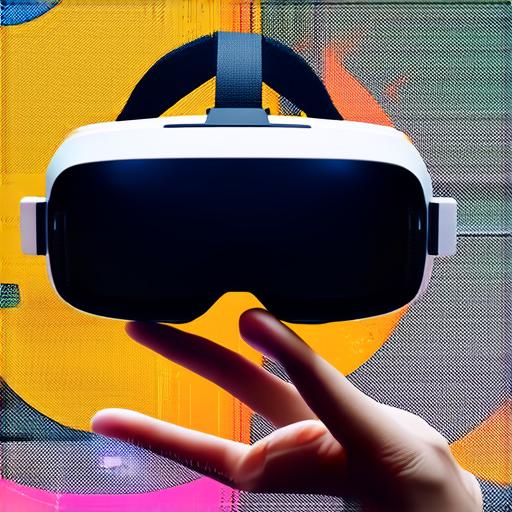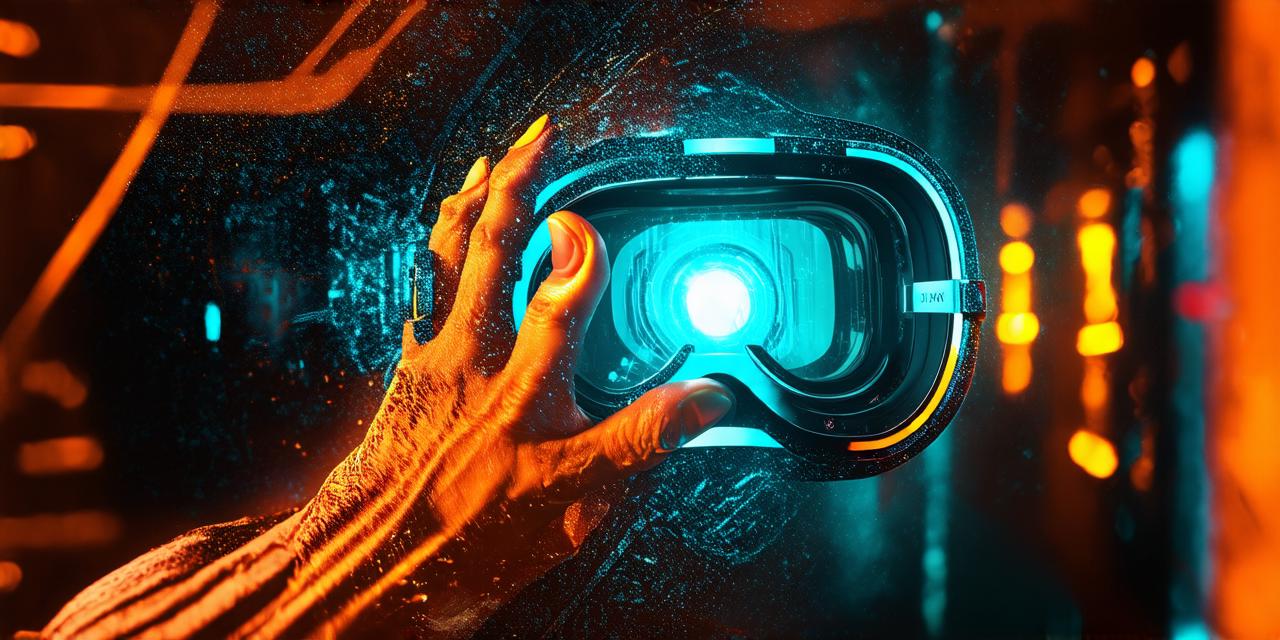Effectiveness of VR Exposure Therapy
Several studies have demonstrated the effectiveness of VR exposure therapy in treating a variety of conditions, including anxiety disorders, PTSD, and phobias. For example, a 2016 meta-analysis published in the Journal of Virtual Reality found that VR exposure therapy was as effective as traditional in vivo (real-life) exposure therapy for treating anxiety disorders such as social anxiety disorder, specific phobias, and generalized anxiety disorder.
Limitations of VR Exposure Therapy
Despite its effectiveness, VR exposure therapy also has some limitations. One major challenge is the high cost of VR equipment and software, which can make it difficult for some individuals and organizations to access this form of treatment. Additionally, not all individuals may be comfortable with VR technology or may not find it helpful in treating their conditions.
Another limitation of VR exposure therapy is that it may not be effective for everyone. For example, a study published in the Journal of Trauma and Dissociation found that some veterans who underwent VR exposure therapy experienced worsening symptoms compared to those who received traditional talk therapy. This suggests that VR exposure therapy may not be suitable for everyone and that further research is needed to determine its effectiveness for different populations.
Future Prospects of VR Exposure Therapy
Despite these limitations, the future prospects of VR exposure therapy are promising. As technology continues to advance and become more affordable, it is likely that VR exposure therapy will become more accessible to a wider range of individuals and organizations. Additionally, ongoing research into the effectiveness and limitations of VR exposure therapy will help to refine this form of treatment and make it more effective for a variety of conditions.
One area where there is significant potential for VR exposure therapy is in the treatment of substance use disorders. For example, a 2017 study published in Addiction found that VR exposure therapy was effective in reducing cravings and increasing abstinence rates in individuals with opioid use disorder. The study showed that participants who underwent VR exposure therapy experienced significant reductions in cravings compared to those who received traditional talk therapy or no treatment.

Another area where VR exposure therapy shows promise is in the treatment of eating disorders. For example, a 2016 study published in the Journal of Eating Disorders found that VR exposure therapy was effective in reducing symptoms of bulimia nervosa in individuals who underwent this form of treatment compared to those who received traditional talk therapy or no treatment.
Real-Life Examples of VR Exposure Therapy
One example of the effectiveness of VR exposure therapy can be seen in the use of this technology to treat PTSD in veterans. The U.S. Department of Veterans Affairs (VA) has implemented a program called the VR Exposure Therapy Program, which uses VR technology to simulate real-life combat situations and help veterans overcome PTSD-related symptoms such as flashbacks and avoidance.
Another example of VR exposure therapy can be seen in the treatment of phobias. For instance, a study published in Frontiers in Neuroscience found that VR exposure therapy was effective in reducing anxiety symptoms in individuals with social anxiety disorder. The study showed that participants who underwent VR exposure therapy experienced significant reductions in anxiety compared to those who received traditional talk therapy or no treatment.
In conclusion, virtual reality exposure therapy is a promising field that has the potential to revolutionize the way we treat various conditions such as anxiety disorders, PTSD, and phobias. While there are still limitations to this technology, ongoing research will continue to refine it and make it more accessible and effective for individuals and organizations alike. Whether you’re a healthcare provider or an individual seeking treatment, VR exposure therapy is worth considering as a potential solution for overcoming fears and anxieties related to real-life situations.




